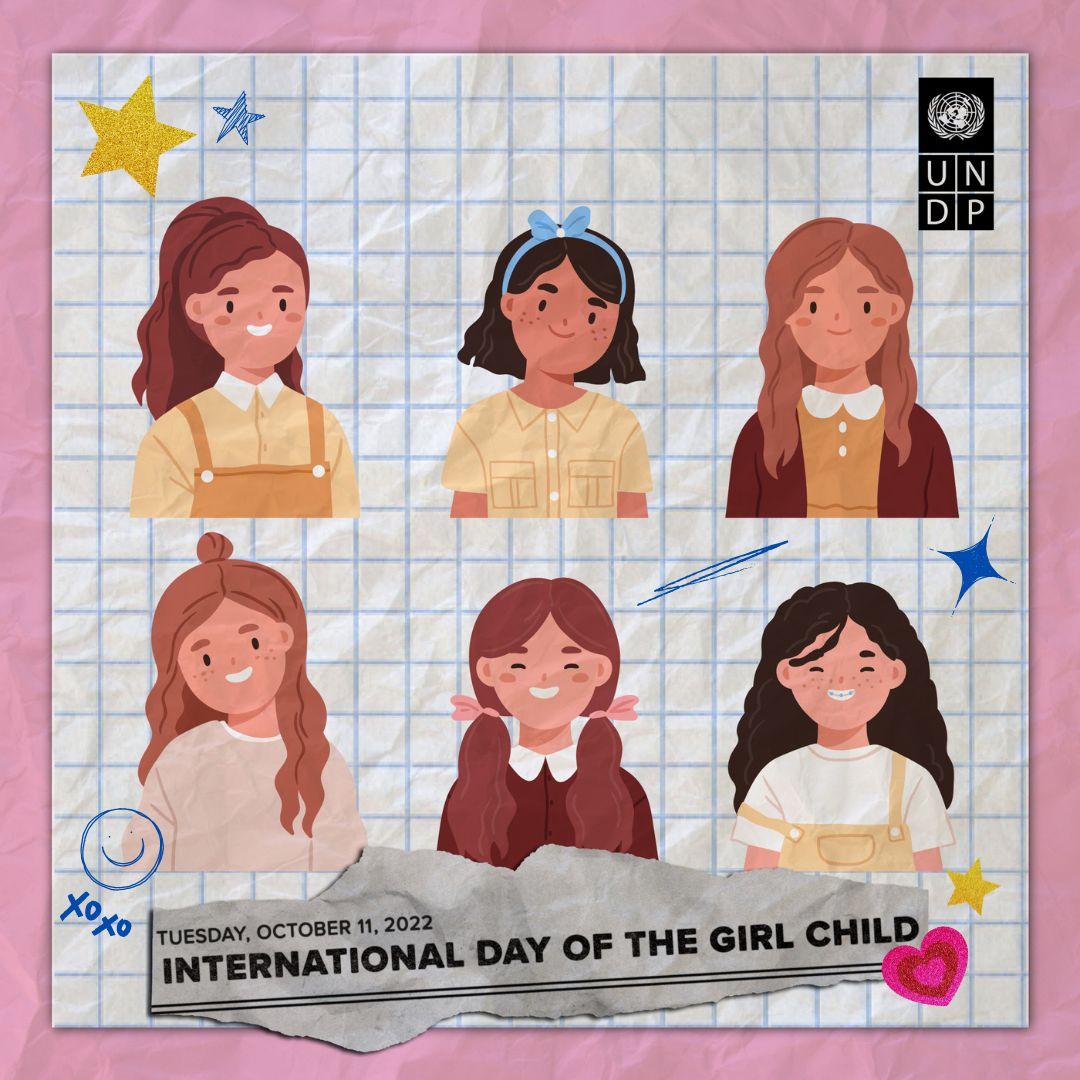UNDP has partnered with the European Union and UK Government to bring child marriage to an end in Egypt.
Safe Again: The tragic stories behind the statistics of child marriage
October 13, 2022

Karima woke up in the middle of the night and screamed for her mother. More than anything else, she desperately wanted to be back sitting on her mother’s lap – “just to sit there and feel safe again”.
Karima is a young woman from a rural area of Egypt who was married at the age of 14 and had her first child at 15.
Tragically, her experience is far from unique.
Child marriage is a global phenomenon that affects millions of girls every year, robbing them of their childhoods and jeopardizing their health, education, and future prospects.
Child marriage deprives girls of their right to make choices about many key aspects of their lives, most obviously that of whether or not to marry and whom to marry. It also increases the risk that they will be subjected to physical and other form of violence by husbands who are typically much older than them and often less educated.
According to Egypt's most recent census, nearly one in twenty girls between 15 and 17 years old are married. Furthermore, this rate rises to one in ten for girls between the ages of 15 and 19.
The 2017 Egypt census show that over 111,000 women and girls were married before the age of 18, with 84 percent of these girls coming from or living in rural areas.
These high rates of early marriage create severe and complex challenges for girls and their communities. For example, child marriage is not only associated with an increased risk of domestic violence but also with a decreased likelihood of receiving an education, complications during pregnancy and childbirth, and a greater likelihood of living in poverty.
To address the problem, Egypt’s Ministry of Social Solidarity and UNDP have been working on a project funded by the EU and the UK government to bring child marriage to an end.
As part of this project, a two-month awareness-raising campaign was launched online and among communities to emphasize the negative impacts of child marriage on young girls and to highlight the linkages between child marriage, poverty, and the school dropout rate.
Throughout this campaign, time was made to listen to and support women and girls speaking out about the difficulties they have endured because of child marriage. Among these many brave women is Nosra, who got married when she was 14 years old “without an official document or a birth certificate or anything else”. As she explained: “I got married based on an agreement between my father and my husband’s father because we are related. I had to marry and live with him. I had no choice."
Although Nosra’s story is sadly typical of many, there are also stories of escaping child marriage. For example, Nada was set to suffer the same fate as Nosra but resisted and reached out to a woman leader in her community to help convince her family not to go ahead with the marriage. "When I finish my education, I will marry an educated young man,” she says, “But my education comes first!"
Child marriage will only end when society collectively recognizes and takes an active stance against the problem. At family level, this practice will only end when parents fight for their children's rights to live free from abuse and pursue the education, they need to improve their prospects and participate fully in society.
When young women are given the chance to grow up free from violence, they thrive and develop as leaders in their communities. Fortunately, this is now true for Karima, who has left her marriage to live with her mother: "I’m a mum myself but here I am back in my own mother’s lap! I went through a terrible experience but now I have a chance to continue my education, raise a healthy child and give her all the opportunities I can. And what matters most of all is that I’m safe again now.”
* Some women requested to be anonymous.
By Fatma Elzahraa Yassin, Communications Analyst, UNDP Egypt

 Locations
Locations